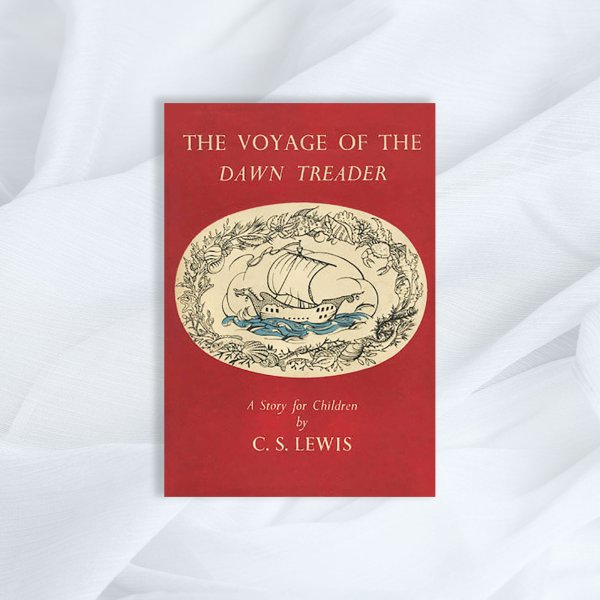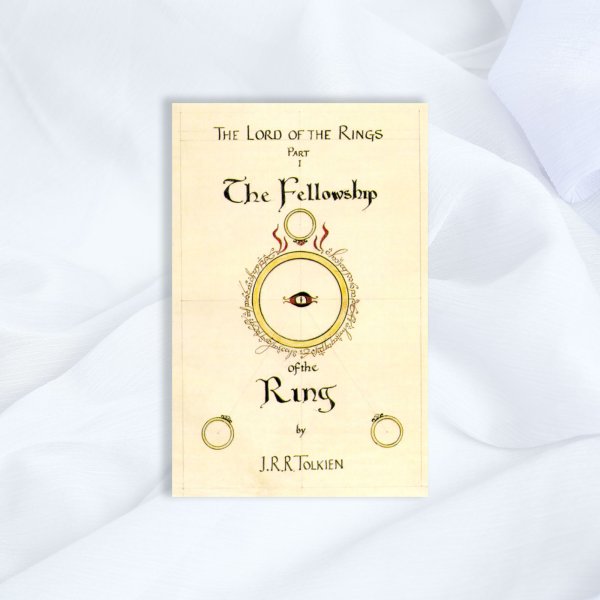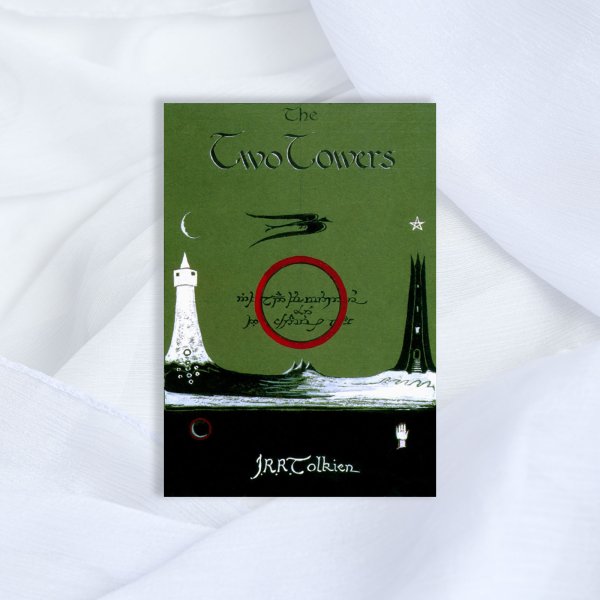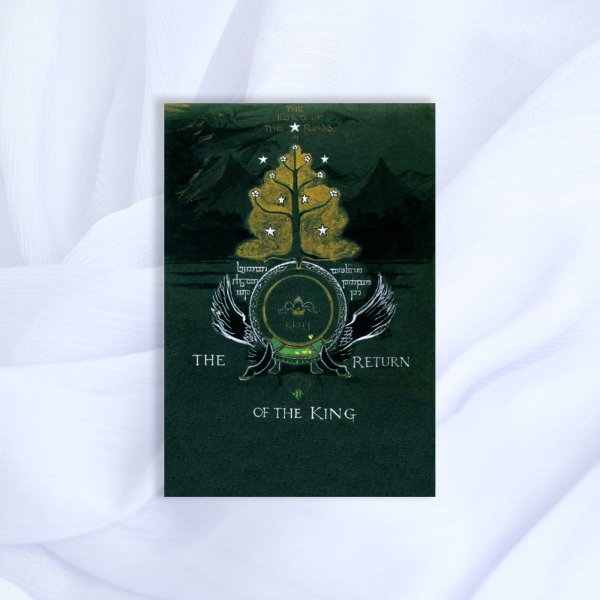Stuck in a lonely house at a bleak time, cut off from family and friends, a band of children stumble upon a door into a secret world behind that most prosaic of furniture items, a wardrobe. This is the irresistible setup of C.S. Lewis’ 1950 children’s classic, The Lion, the Witch and the Wardrobe. The Oxbridge English professor’s most famous book, part of the seven-volume Chronicles of Narnia, served as the literary spark that ignited dozens of contemporary fantasies, from The Magicians to Harry Potter, with a child who suddenly discovers that magic exists. While the fauns, witches and talking beavers who populate Narnia are utterly charming, it’s the mysterious lion Aslan that gives the book its real thrill. “Safe?” says Mr. Beaver of Aslan. “Who said anything about safe? ‘Course he isn’t safe. But he’s good.” In Aslan, Lewis created a Christ-like figure who pays the penalty for one of the children’s infractions and thus breaks the White Witch’s wintry grip on Narnia. The book, which has religious themes that some find heavy-handed, has been criticized for its portrayal of women and the way the children’s lives end (among other things). It’s not a fairy tale, but it’s good. —Belinda Luscombe
Buy Now: The Lion, the Witch and the Wardrobe on Bookshop | Amazon
- Cybersecurity Experts Are Sounding the Alarm on DOGE
- Meet the 2025 Women of the Year
- The Harsh Truth About Disability Inclusion
- Why Do More Young Adults Have Cancer?
- Colman Domingo Leads With Radical Love
- How to Get Better at Doing Things Alone
- Michelle Zauner Stares Down the Darkness






